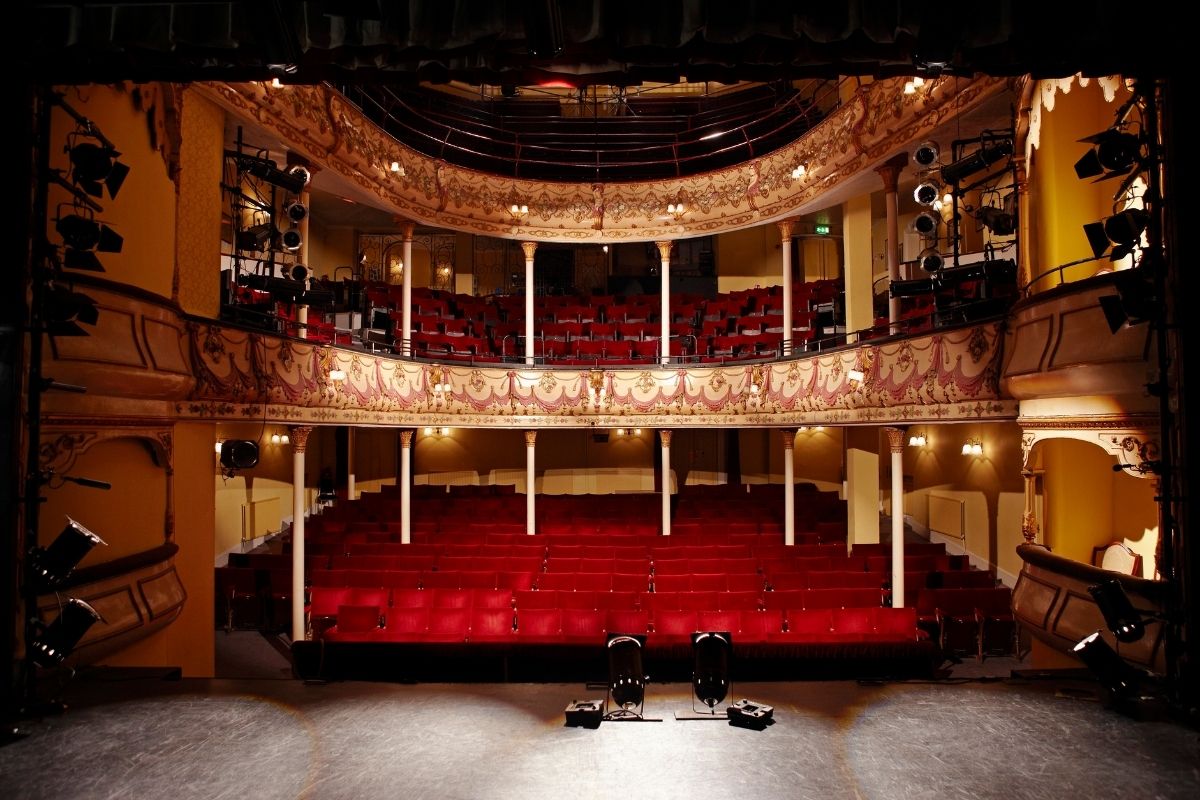Online Performing Arts Education on Action Verbs
One thing that comes up a fair amount in performing arts is the feeling that I’m trying to communicate something with these words but I don’t understand how it works in my body. So, I really advocate for people thinking about acting through using action verbs.
It’s something that’s been around for a long time. In performing arts education, we often talk about actioning a script or using action verbs to talk about what you’re doing to another person. If you had a very simple text, like “I love you,” that you were saying to somebody, rather than simply loving them with that text, can you think of something more specific that you’re doing? Maybe you are adoring that person.
But I can also imagine a very interesting scene where someone says, “I love you,” but the action they’re playing is eviscerating. I’m interested in what that means. It’s exciting for an audience, too, when something about the action you’re playing and the text support each other but don’t necessarily simply duplicate each other. It produces a reason for the audience to lean forward to try to investigate what it is that they’re experiencing.
And while that might make perfectly logical sense in text, I think it’s, sometimes, harder for actors to understand. But that’s also true in their body. If I’m saying, “I love you,” but my action is eviscerating, that’s going to manifest in my body in some way. That way might be enormous. It might be very small. But it’s going to be present, especially if, as you explore a text even before you get into rehearsal, you’re thinking about those action verbs.
We know now that simply thinking about action verbs starts to spark some of the same parts of your brain that doing those action verbs would do.


